All The Types Of Beer You Should Know Before Heading To The Brewery
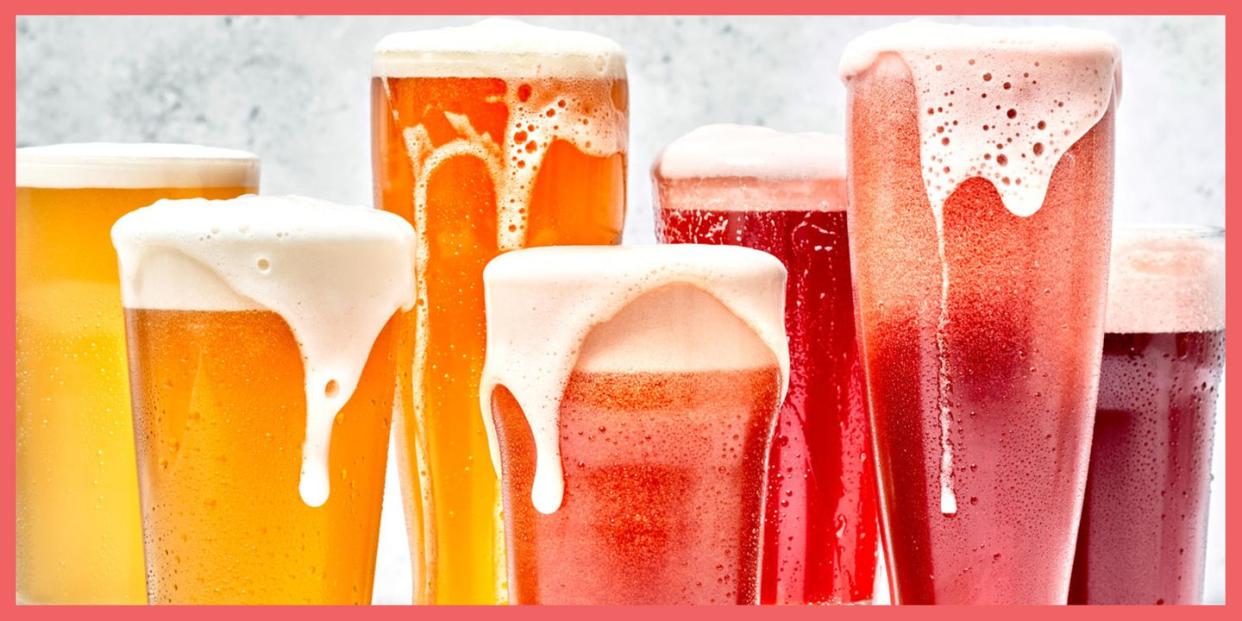
- Oops!Something went wrong.Please try again later.
Ever walk into a bar or brewery and have no idea what to order? Maybe there are so many different types of beer on the menu, and you haven't heard of some of them. We're here to help. This story breaks down all the most common types of beer so you'll be better equipped the next time you're looking for a new brew to try.
There are well over 100 beer styles around the world. Problem is, it can be tricky to keep up with them because there are so many new variations and experimental brews popping up every year. The lines can get blurry when it comes to naming and categorizing new beers.
In 2021, there were 9,247 breweries in the U.S., according to the Brewers Association. “Because of the craft-brewing explosion that we’ve seen, a lot of American brewers have taken beer styles [...] and done their own interpretations with them,” said Cole Provence, Central Washington University Craft Brewing lecturer and Beer Judge Certification Program judge. “The problem that we see is when you start putting some of those style labels on these commercial beers, the consumer doesn’t necessarily know what beer they’re actually getting anymore because it’s not falling within the certain parameters.”
We put in the work to demystify all the beer lingo and break down the types for you. We consulted expert brewers and cicerones, and referred to the guidelines of the Brewers Association and Beer Judge Certification Program (BJCP). Because there are so many obscure flavors out there, so this is by no means a comprehensive list of every type of beer on the planet.
The History Of Beer Styles
"Historically, beer styles developed in the places they did because of the ingredients people had access to," said Chris Cohen, cicerone and founder of the beer-education company Beer Scholar. "Water, for instance, can contain all varieties of salts and compounds that make it great for brewing certain styles but not for others."
Technology like the drum roaster, affordable thermometers, and advances in microbiology has had a huge impact on the development of beer styles, according to Cohen. "In our modern world, styles are completely divorced from their historical homelands; they can all be made anywhere now," he said.
What makes one brewer's variation become an officially recognized style? "Styles themselves need to be around long enough and be brewed in a wide enough geographic area," Provence said. "They need to be on the marketplace and have something that distinguishes them from what's already existing in the style guidelines." For example, the New England IPA started gaining popularity on the East Coast around 2011, and is now considered to be its own subcategory by the BJCP.
Every Beer Is Either An Ale Or A Lager
Every beer, more or less, can be categorized as an ale or a lager. “The average person when hearing the words lagers and ales will have a number of assumptions about them, none of which are true," said Garrett Oliver, brewmaster at Brooklyn Brewery.
Some people may think that ales are darker and stronger than lagers. That's not always the case. “The difference between an ale and a lager is the type of yeast that’s used and the temperature of the fermentation," he said. Ales ferment at a warmer temperature, usually around 68 to 75 degrees Fahrenheit, and they can be ready in about 10 days. Lagers, on the other hand, ferment at a colder temperature, around 50 degrees Fahrenheit, but they can take weeks or months to age.
“The practical difference between lagers and ales is that ales tend to have some spicy, fruity sorts of flavors from the fermentation," said Oliver. "And lagers, which are cold fermented, tend to be more straightforward. They taste like their ingredients."
Ales
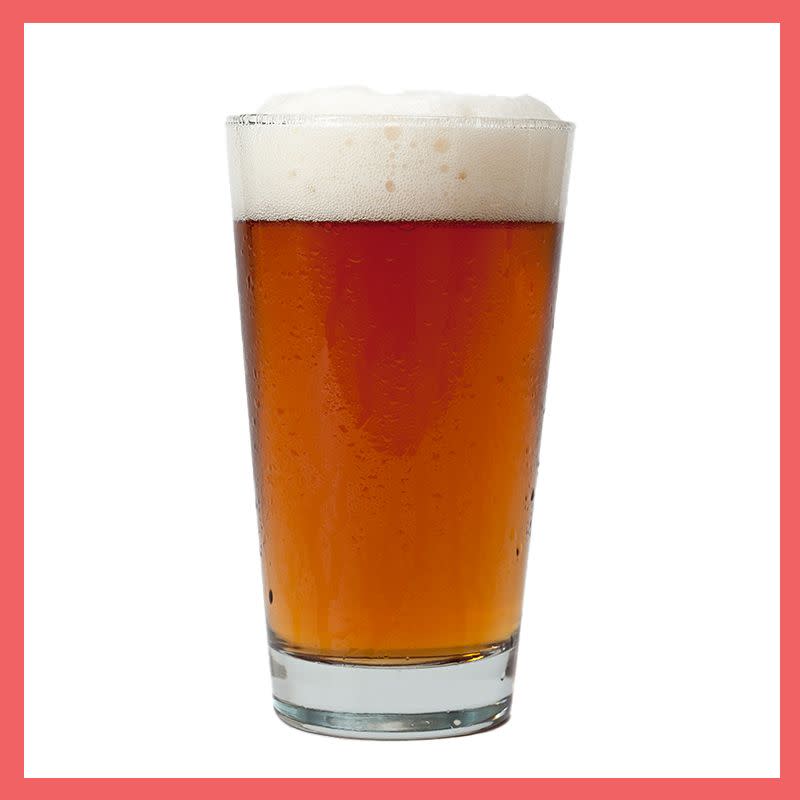
Amber Ale
The hoppy, medium-body American amber ale is a modern craft-beer style that was created in the 1980s as a variation of the pale ale, according to the BJCP.
Cream Ale
Easy to drink, crisp and refreshing, the highly carbonated cream ale has low bitterness and hop flavor.
Hefeweizen
German for "wheat beer," the hefeweizen is made up of at least 50 percent wheat. The highly carbonated beer has a light, refreshing taste with notes of banana, clove, and vanilla, according to the Brewers Association.
India Pale Ale (IPA)
The hop-heavy IPA has been having a moment in the U.S. for a while. The traditionally bright and clear beer with a dry and bitter taste has morphed into a hazy, mineral-driven beverage with elements of fruit and sweetness, according to Oliver. "It is a trend, and I think that these things come through in waves, but this is a bigger, longer trend than we've seen in a long time," said Oliver. "I think it's part of the democratization of the IPA."
Many of the IPA subcategories have been classified by their specialty ingredients or their color, according to Provence.
Black IPA: Provence said that the addition of dark roast malts gives the black IPA its color.
Juicy, Hazy Imperial, And Double IPA: The Brewers Association lumps these hop-heavy beers together, which often have fruity, tropical, and juicy characteristics.
New England IPA: The New England IPA is hazy in appearance and uses hops that are typically more tropical and fruity compared to those in other IPAs, which tend to be more piney and flowery.
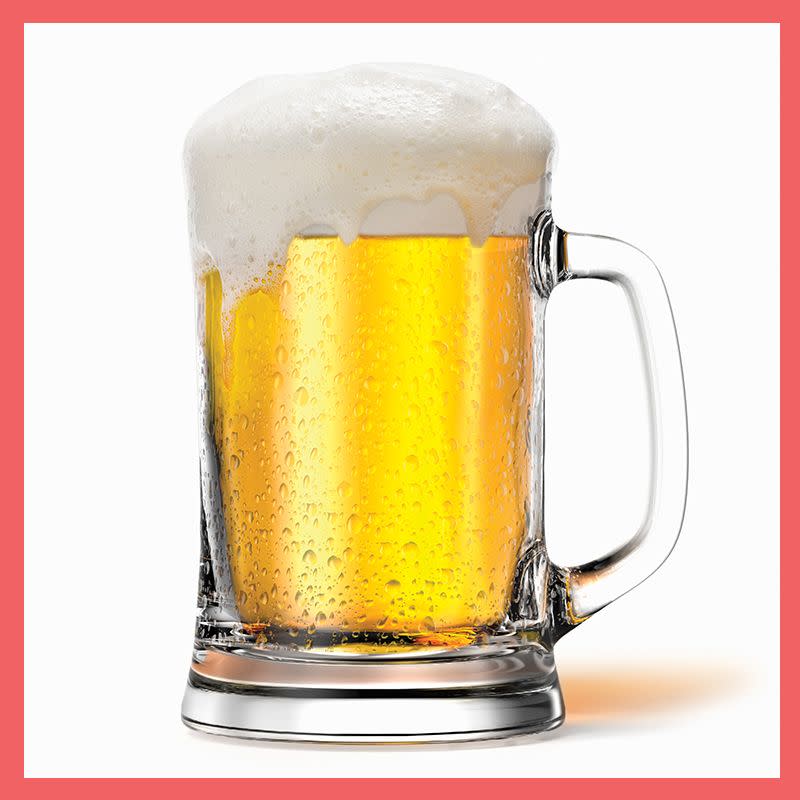
Kölsch
Like the American cream ale, the German kölsch is a smooth, easy-drinking beer that's lagered. "They're fermented at a cooler temperature than normal ale yeast, but they're still classified as an ale," said Provence.
"Lagering simple means cold aging," said Cohen, who noted that most lagers and some ales are lagered for a period of time before being packaged and distributed.
Pale Ale
The medium-bodied pale ale has minimal maltiness, but a strong flavor and aroma of hops, according to the Brewers Association. Pale ales can have a variety of notes including citrus, floral, pine, and sulfur.
Sour
"Goses and the whole sour wing, including lambics, are all things which have a bacterial part of their fermentation, which is what gives them acidity, just like yogurt," said Oliver.
Gose: Originating in Germany, gose is brewed with lactic acid-producing bacteria and salt, which gives it a sweet, sour, and salty flavor, according to Provence. It's considered a refreshing beer for summer.
Gueuze: The Belgian-style gueuze is a combination of new and aged lambics.
Lambic: Also originating in Belgium, the spontaneously fermented lambic is a sour beer with plenty of fruity esters and bacteria, according to the Brewers Association.
Saison
"Probably overall my favorite style, when it's really well made, is a saison, which is an old Belgian farmhouse style," said Oliver. The yeast gives the saison a spicy and peppery flavor, which is also brought out through warmer fermentation—about 80 to 85 degrees Fahrenheit.
Stouts And Porters
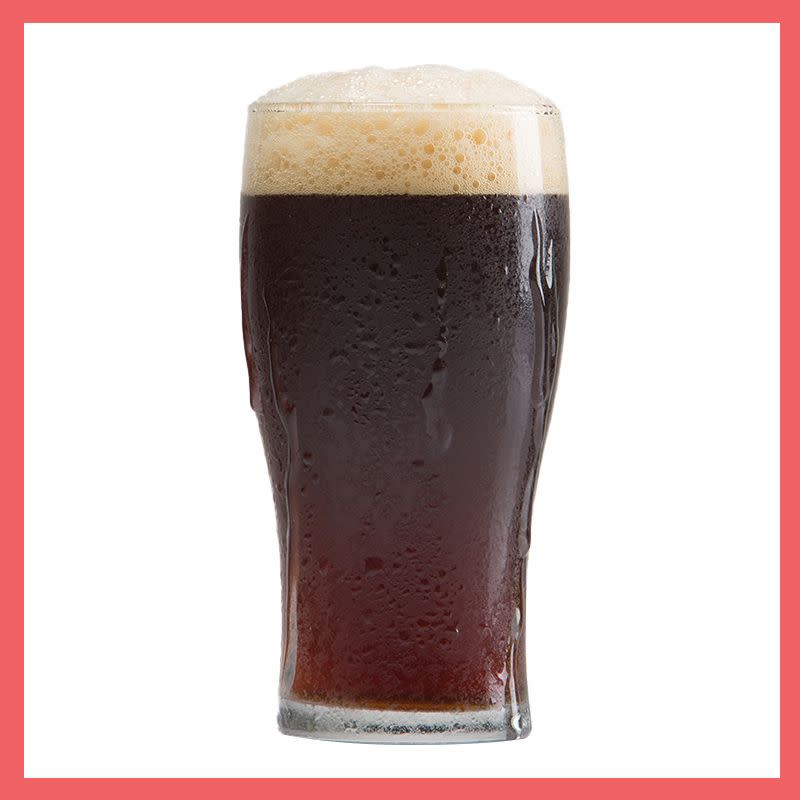
Stouts and porters are full-bodied beers are made with roasted malts that not only taste like coffee and chocolate, but are also roasted in the same way, according to Oliver. "The difference between a porter and a stout is something that people will argue about kind of the way they might argue about what's an orange wine and what's a rosé," he said. "It's really a matter of intensity. The more intense the roast, the more everyone's going to agree that it's a stout and not a porter."
While many may think that dark beers like stouts and porters are strong, that's not often the case. "We drink with our eyes first. That leads people to make assumptions about a beer before they ever smell or taste it," said Cohen. Guinness, for example, is only 4.2 percent ABV, similar to Bud Light.
Cream stout: Black and opaque, this full-bodied stout and may include lactose or milk sugar, according to the Brewers Association.
Oatmeal stout: This stout is, you guessed it, brewed with oatmeal.
English porter: Softer and sweeter than the American porter, the English porter has a medium-light to medium body.
Lagers
Oktoberfest
We've all heard of Oktoberfest. The German beer has a light, golden color with a clean, bready taste. The American versions, however, are amber in color with more bitterness and hops, according to the Brewers Association.
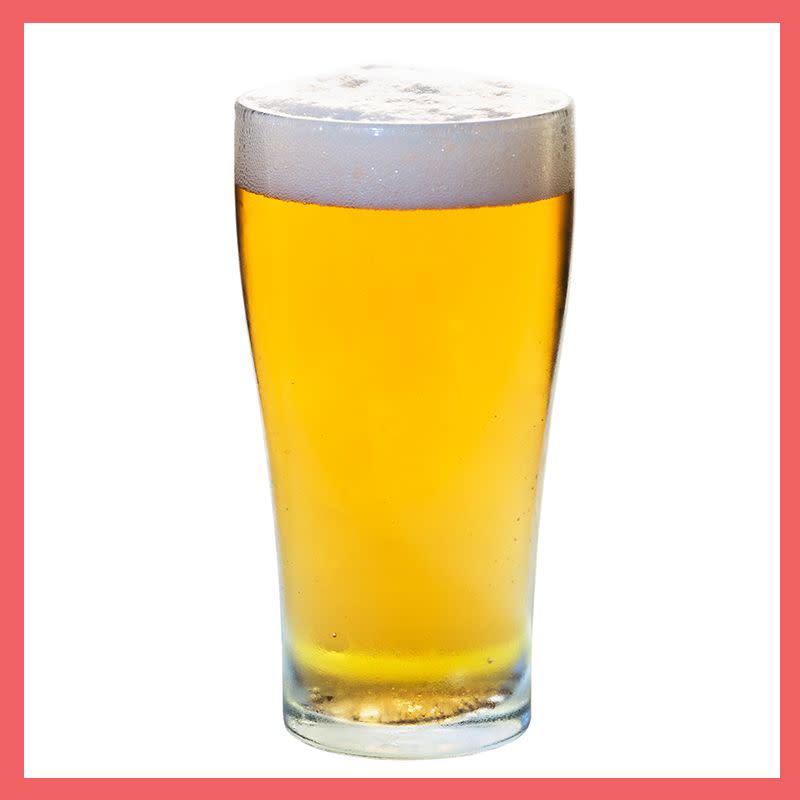
Pilsner
The most popular type of beer in the U.S. is the pilsner, according to Oliver. It originated in 1842 in the small Bohemian town of Pilsen, in the modern-day Czech Republic. Barley, Saaz hops, and Pilsen’s soft water combined to make what we know as Pilsner Urquell. The classic European versions are a bit bitter and full of flavor, while many pilsners in the U.S. are lighter and simpler, like Budweiser or Coors Lite.
"It's easy to make fun of pilsners because they've been so watered down by a lot of big companies, but at the base, a really great pilsner is a beautiful piece of work. It looks simple, but it's not," Oliver said. "If [a brewery] has a great pilsner, you can be pretty sure the rest of their stuff is going to be good."
You Might Also Like

